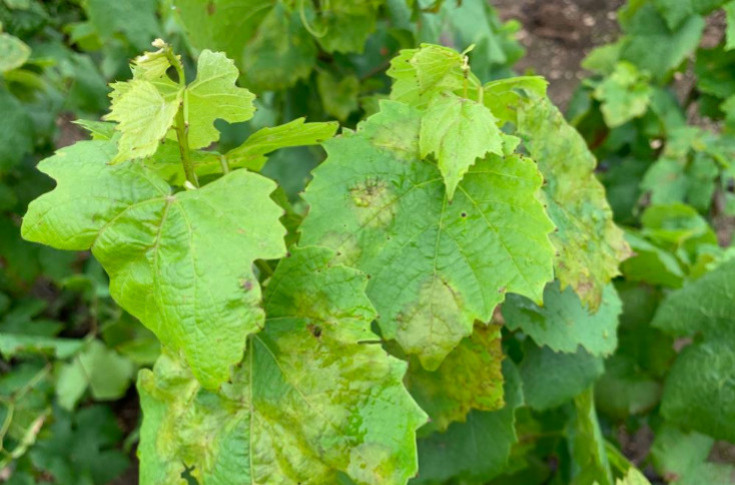Grape seed extract could offer an alternative for combatting mildew in vineyards

he European Commission has approved the use of grape seed extract (Vitis Vinifera) as a basic substance to be used in plant protection as a fungicide (Commission Implementing Regulation (EU) 2025/96). This is on the proviso that it has a minimum content of 75 % of oligomeric proanthocyanidins on the anhydrous basis. Grape seed extract can therefore be used to combat mildew on vines. The authorisation comes in response to an application from CĂ©rience which plans to launch a product containing the extract starting with the 2026 season – JDS1, an organic and biological control product formulated as a liquid. “It is an alternative to copper to reduce the number of applications. JDS1 is a contact product which deteriorates the mildew’s membranes. It also works as a fungistatic – it blocks development of the parasite, particularly of the mycelium and the release of the spores”, explains Quentin Wathier, head of Seed & Solutions Development at CĂ©rience. Its effective period is on a par with that of copper.
In practical terms, JDS1 is applied before or after flowering – up to the BBCH 79 stage where the majority of berries are touching, but not beyond this – in recommended doses of 0.5 litres per hectare as a substitution for copper. Six applications are authorised. “In our trials, in programmes where it replaces copper for certain treatments, JDS1 responds very well, including in years where there is strong pressure as in 2023 and 2024 with an efficacy akin to that of a programme with 100% full dose copper. For example, last year in a trial in Anjou, affected by moderate mildew pressure, the programme incorporating JDS1 reduced metallic copper to 1 kg versus 3.7 kg for the 100% copper programme with equivalent efficacy on the clusters. In Burgundy, in another trial on Chardonnay, a variety prone to mildew, the programme featuring JDS1 reduced the amount of metallic copper to 1.8 kg compared with 4 kg in the full dose copper programme, again with the same level of efficacy”, adds Wathier. CĂ©rience will continue trials this year to collect more benchmarks.





